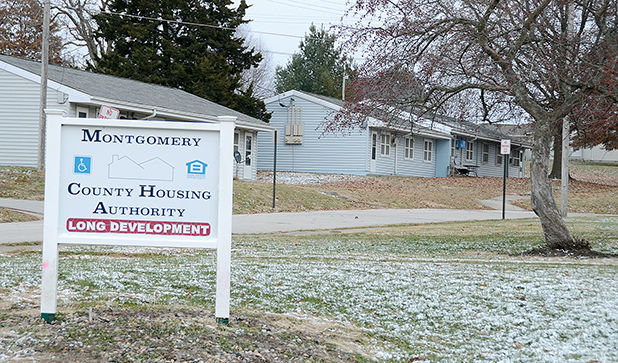7 Mar 2021 The Washington Post Sunday
BY NATALI FANI-GONZALEZ The writer is vice chair of the Montgomery County Planning Board, part of the Maryland-National Capital Park and Planning Commission.Z

Within 30 minutes, on a Friday afternoon in the fall of 2020, I was able to capture the agony of the American experience: “[Housing] is too expensive unless you make over $60,000.” “You get what you pay for . . . as long as you have steady pay.” “Half of my monthly salary goes to pay the rent.” “About 70 percent of my monthly salary is used to pay the rent.”
Those were some comments I received when asking working adults about their housing experience in Montgomery County, one of the most diverse counties in the nation — ethnically, racially and economically.
Montgomery County is home to more than 1 million people. We take pride in our strong schools and planning efforts to connect communities to vibrant places to live, work and have a wonderful time. But despite pioneering initiatives to increase the minimum wage, build more housing and preserve affordable housing, the demand for places to live in the county outweighs the supply while existing rental rates increase faster than income.
The coronavirus pandemic has shown the ineptitude of our governments to care for those who are working in jobs deemed to be essential to the economy but who aren’t provided living-wage incomes to afford a safe place to live and have quality of life. Think of janitors disinfecting our hospitals and schools; the bus drivers getting cooks, nurses and doctors to their jobs; child-care workers educating the littlest members of our communities while their parents keep the economy moving.
But incomes have not kept pace with increasing costs of living, particularly for the lowest-income households. This is indeed our greatest American failure.
The Massachusetts Institute of Technology reports that in 2019, the U.S. living wage was $16.54 per hour before taxes for a family of four. The living wage compiles specific expenditure data for housing, food, child care, health care, transportation and other basic necessities to achieve financial independence.
President Biden signed an executive order that began laying the groundwork by instituting a $15 minimum wage for federal workers and contractors. He listed many of the financial troubles facing communities, including that 1 in 7 households and more than 1 in 5 Black and Latino families say they don’t have enough food to eat and that 14 million Americans have fallen behind on their rent.
Our country desperately needs the political will to protect all members of our society. This means training workers to perform green jobs that provide a living wage and eliminate single-family zoning, particularly near transit systems, to increase housing supply that our communities need. We must transform housing policy to reflect its importance on a wide variety of aspects affecting people’s lives, including creating living-wage jobs that advance our environmental goals. This won’t be easy, but it is possible. It takes selfless determination to do the right thing for our communities. Last month, at a planning board meeting, we received a wave of opposition to multifamily housing. I was contacted by a number of people I respect — intelligent and highly talented men and women working in different professional fields. Each stressed that I should not be supporting multifamily densities on their properties. One of them had the audacity to say, “Think about your political future.”
We also received positive feedback from individuals who understood that it is time to update our zoning laws to accommodate more homes near transit. This is about giving a choice to property owners to be able to create more housing within their transit-oriented lots. It’s a choice. At the hearing, my colleagues and I announced our support for letting people have more choices to build multifamily units on lots near our transit systems.
The place you live is a clear social determinant of your health and economic well-being. Think about how safe it is for you to walk to a bus stop. Do you have sidewalks? Are there streetlights? How frequent and efficient is transit from your home to your job? Are there places to buy healthy foods near your home? Do you have bike lanes? Can you find and afford a place to live near your job? Can you access green spaces and playgrounds?
Local and federal governments should be focusing on increasing supply near transit to lower our carbon footprint and training our workforce for living-wage jobs that protect the environment. In fact, despite an increased focus on the importance of housing to health, and economic mobility, the federal government has to sharpen their pencils and work to formalize cross-discipline policy connections to further housing, economic and environmental justice. By coordinating policies across agencies and lifting up proven local innovations as we are doing in Montgomery County, the Biden administration can transform housing policy to help reduce racial and economic inequalities in the United States while creating green jobs that lift communities out of poverty.P